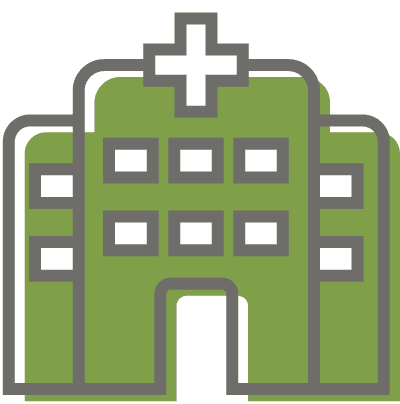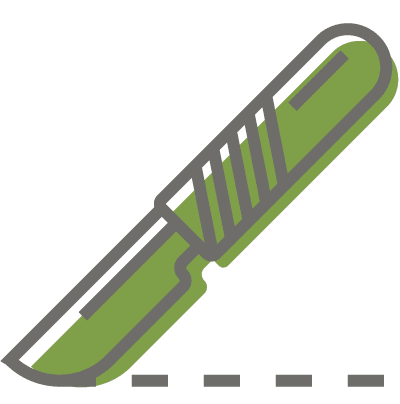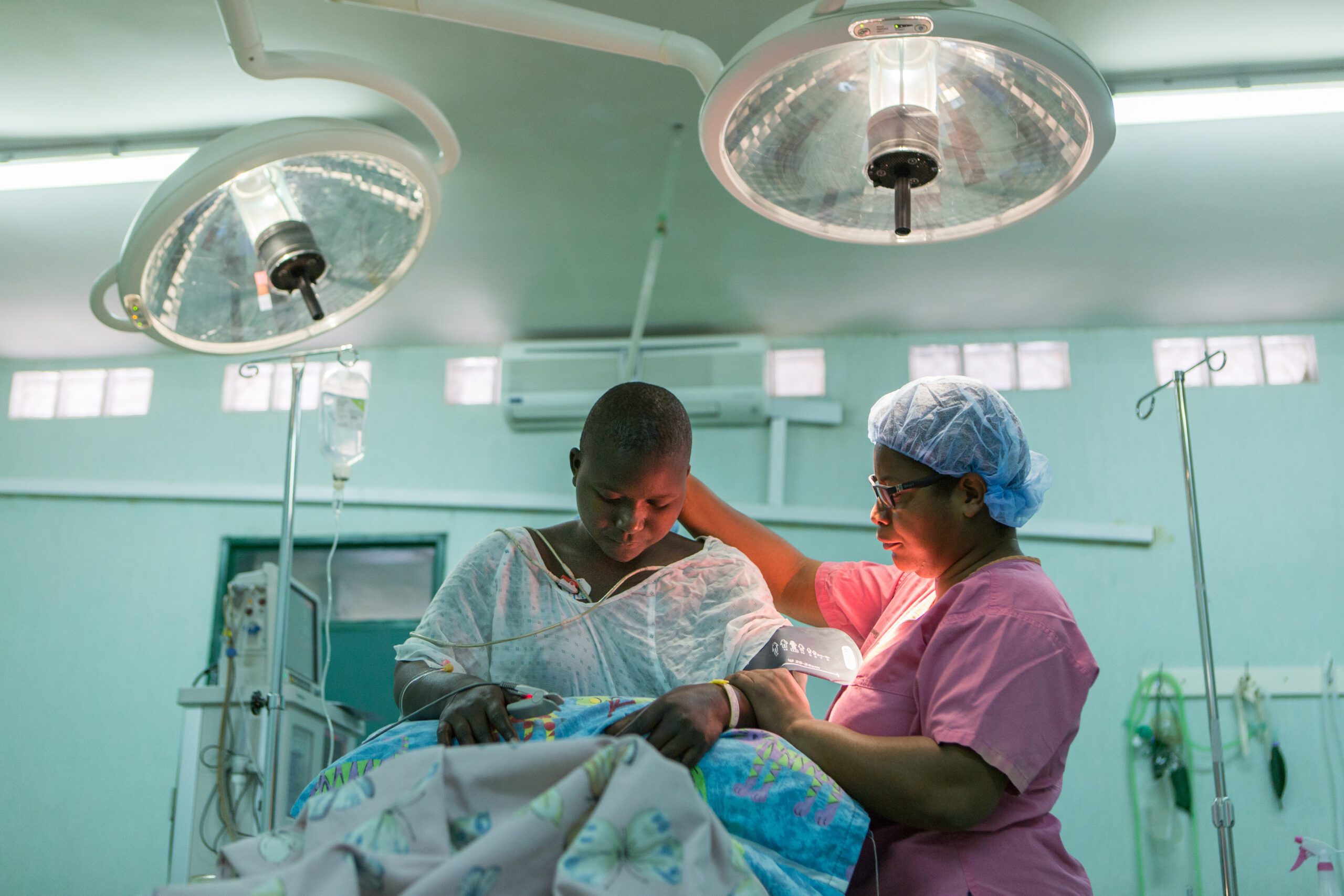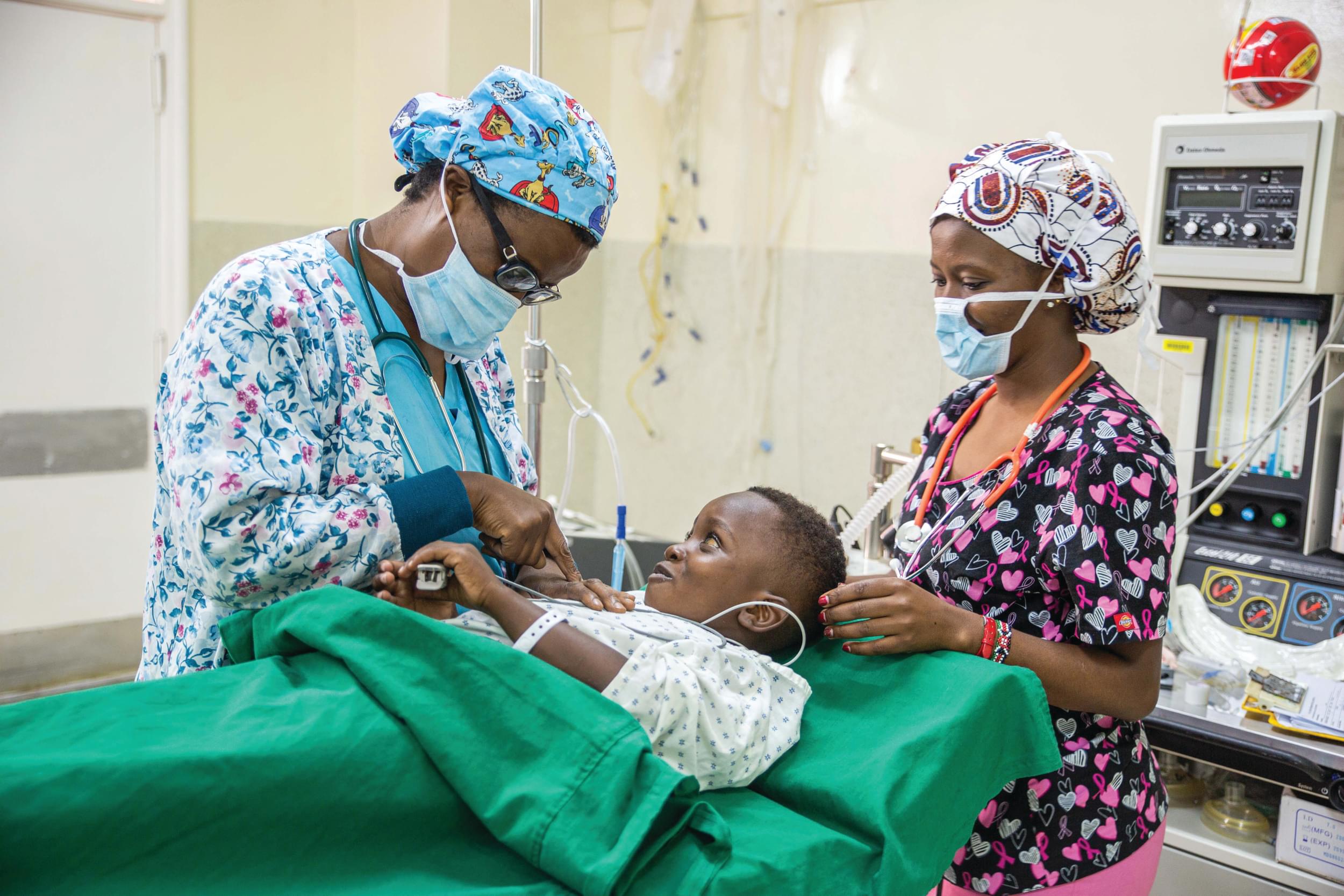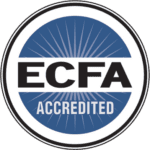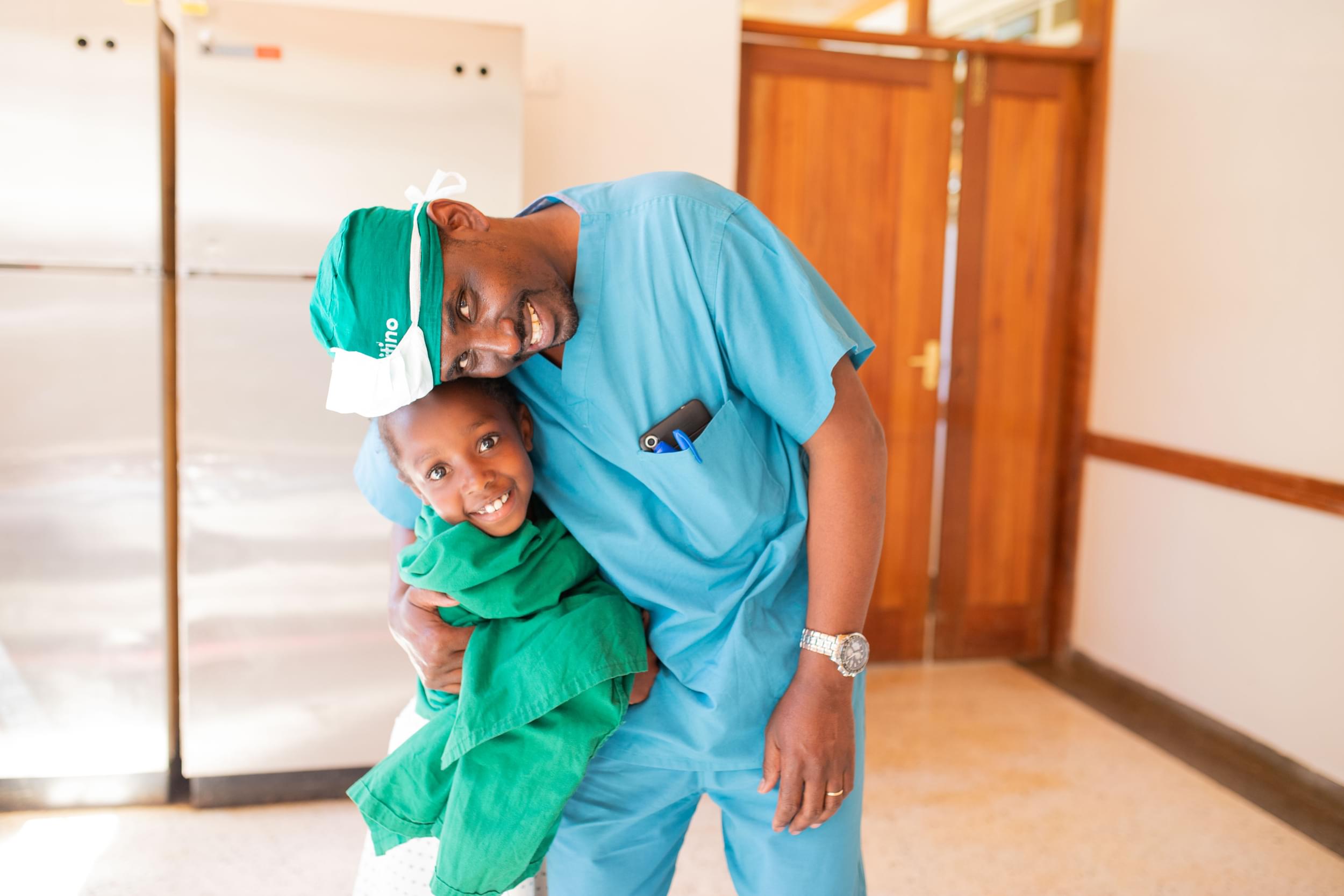Effects of velopharyngeal insufficiency on quality of life of adults with repaired cleft palate in Kenyatta National Hospital, Nairobi, Kenya
Abstract: The purpose of this study was to evaluate the effects of Velopharyngeal Insufficiency (VPI) on quality of life of adults with repaired cleft palate. Cleft palate is one of the most prevalent birth defects around the world. The study evaluated the effect of VPI on the quality of life among adults with repaired cleft palate in order to; to establish the effect of VPI on functional ability. The study targeted adults, both males and females with repaired cleft palate at Kenyatta Hospital, Nairobi City County. The study adopted a case study research design. 22 adults with repaired cleft palate, 2 maxillofacial surgeons and 1 speech and language therapist were purposively sampled for the study. The researcher used stratified random sampling to avoid gender bias.
The pilot study was carried out at Kijabe Hospital to ensure that different subjects are involved other than those in the actual study. The data was collected using questionnaires, and review of patients’ clinical notes in the maxillofacial clinic at Kenyatta National Hospital. The data was analyzed with the use of Statistical Package for Social Sciences version 21 for quantitative data. Categorical data was summarized using frequency tables and proportions. The findings showed that in assessing VPI severity and functional ability, there was a statistically significant association between VPI severity and air coming out of the nose when the respondents talk. There was also a significant association between VPI severity and perception of own speech being different from others, there was significant association between VPI severity and trouble to understand others when they cannot see their face.
The results show that most of the persons with VPI after cleft palate repair had challenges of air coming out of the nose and speech difficulties. The level of accessibility of speech therapists is still very low. The study recommends that improving personal belief and self-identify among persons with VPI after cleft palate repair would be essential in improving on how they perceive many things such as functional ability. Also, ensuring that speech therapy services are available for all patients is important in improving functional ability among persons with VPI after cleft palate repair.
